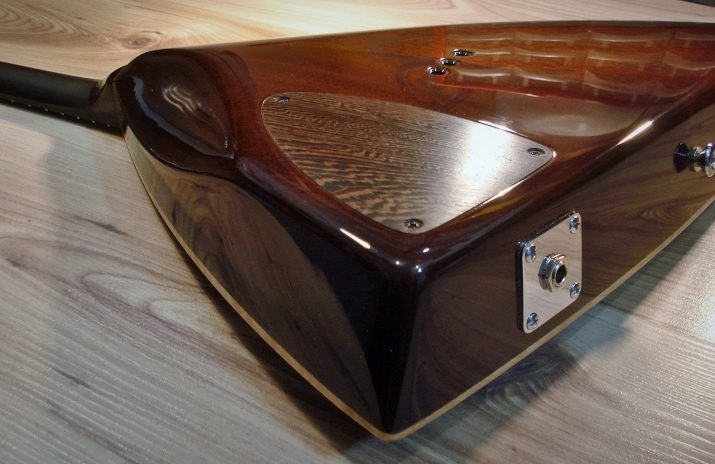Features of electro-balalaikas
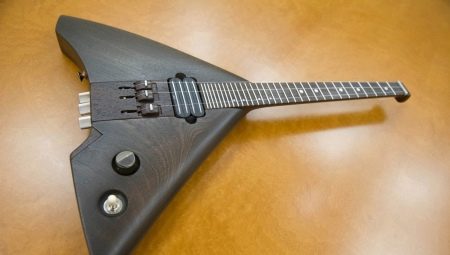
Although such an instrument as the balalaika has been known to us since ancient times, March 1888 is considered the birthday of the electronic balalaika. It was in this year that the first performance of the orchestra took place in St. Petersburg, where the electric balalaika sounded. Vasily Andreev is a man who perfected the classical version of a musical instrument. This virtuoso taught the soldiers of the tsarist army to play the balalaika, and the Romanov family regularly invited the musician to perform.
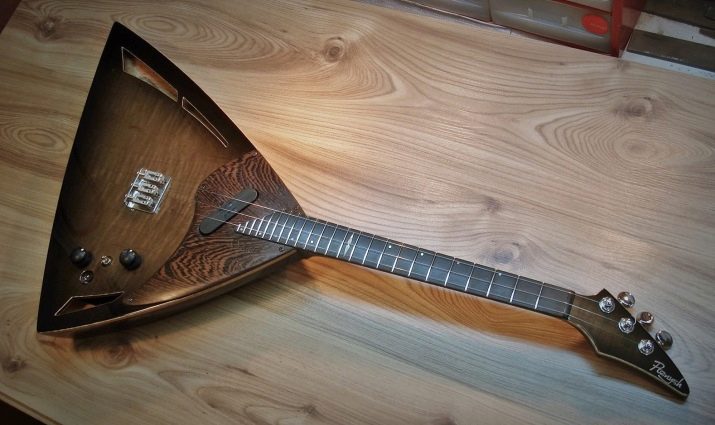
Description
Balalaika is a Russian folk musical instrument. It is customary to play it by striking all the strings with your index finger while clamping the necessary notes on the fretboard. Today the balalaika is considered to be one of the most popular traditional Russian instruments.
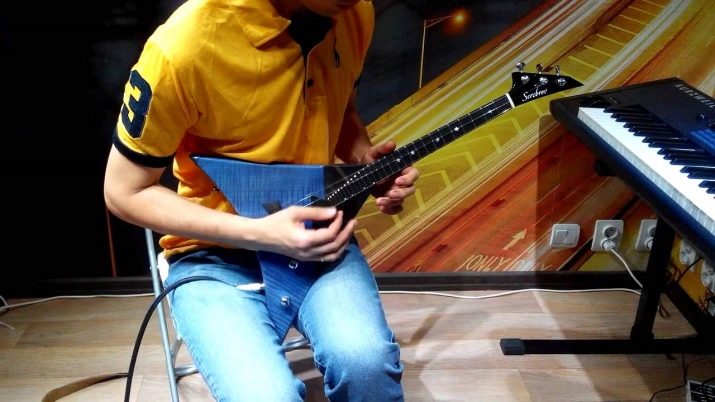
The Russian balalaika consists of three parts.
-
Vulture - an elongated piece of wood on which the scores are located. When playing on the fretboard, you pinch the strings with your fingers to change the key of the sound.
-
Frame - consists of front and back parts, has a triangular shape. The body itself is hollow, therefore, to give such a shape, it is glued from 6-7 wooden parts.
-
Head - the upper part of the instrument, on which the tuning pegs and other mechanics are located. It is necessary for insisting the sound of the instrument.
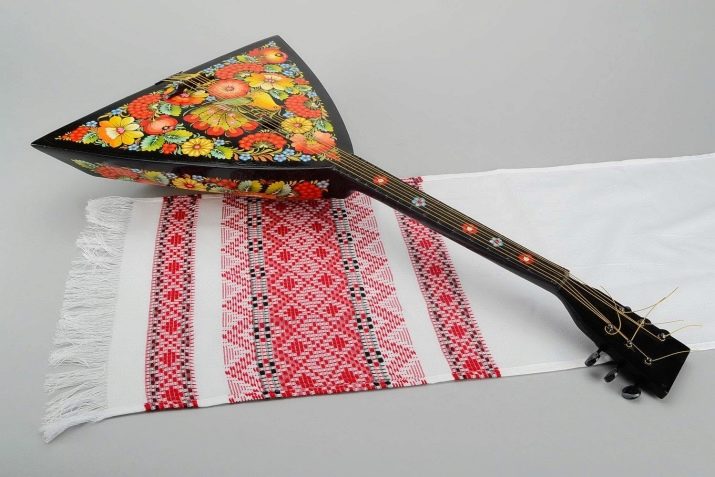
Electrobalalaika differs from the classic version described above in that it is possible to amplify the sound. At the same time, the technology of the game remains the same. And yet there is a difference between balalaikas in their sound.
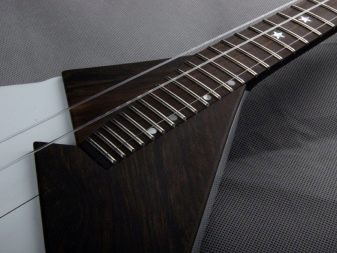
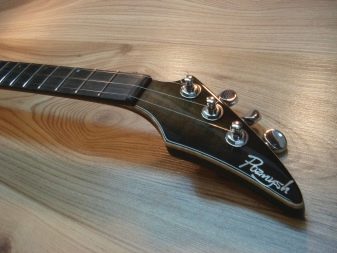
There are balalaikas:
-
bass - similar in sound to a double bass, but slightly higher;
-
alto - sounds below the prima by only one octave;
-
contrabass - the lowest sound of all;
-
prima - quarter-unison system of sound;
-
second - also with a quarter scale, and in sounding lower than the prima by one fifth.
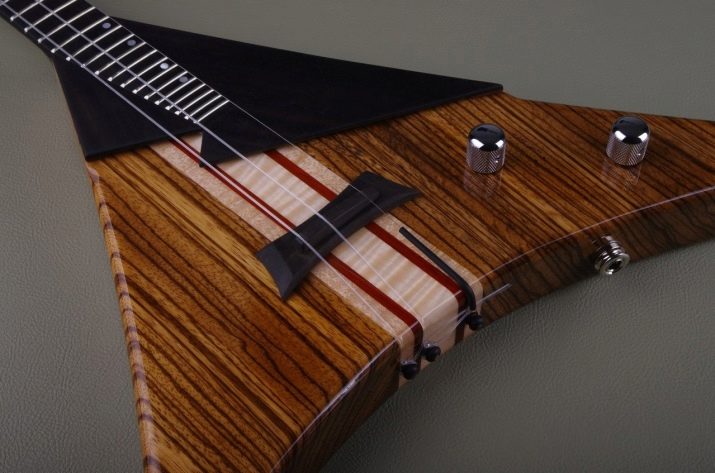
So, the prima has the largest number of frets (from 19 to 24), while the body length of this model is the smallest, only up to 290 mm. But the longest working part of the string for a double bass is 1180 mm. The rest of the types, in their structure, and therefore, in terms of the sound scale, are located between these two.
When they all sound together in one orchestra, it turns out to recreate the most complex pieces with a unique and unlike anything else sound.
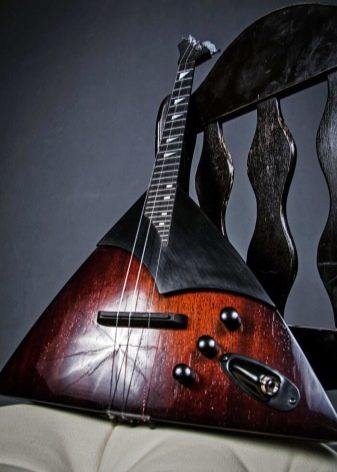
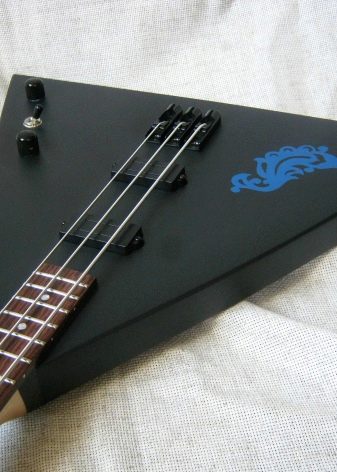
Overview of Master Models
Although electric balalaikas continue to gain popularity, nevertheless, most master virtuosos adhere to the old tradition - they create electric balalaikas on their own.
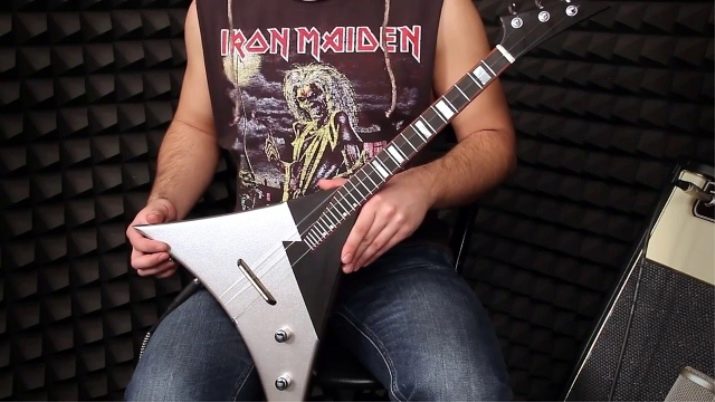
Some of the most outstanding balalaikas are the instruments of such musicians as:
-
Andrey Baldin;
-
Alexey Serebrov (independently made up to 20 instruments);
-
Alexander Spustnikov;
-
Dmitry Poznysh;
-
Dmitry Starchenko;
-
Oleg Riga.
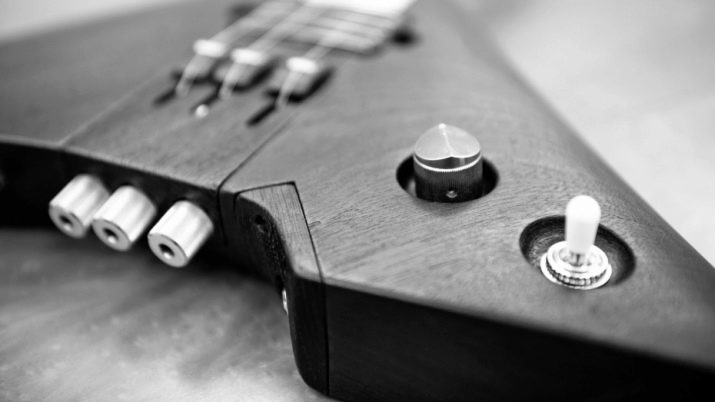
And this is not all of the maestros who are engaged in the creation of an electro-balalaika. It should be noted that the older generation is rather skeptical about this venture. But, as the practice of playing contemporaries shows, a home-made version of the instrument sounds no worse than the classics.
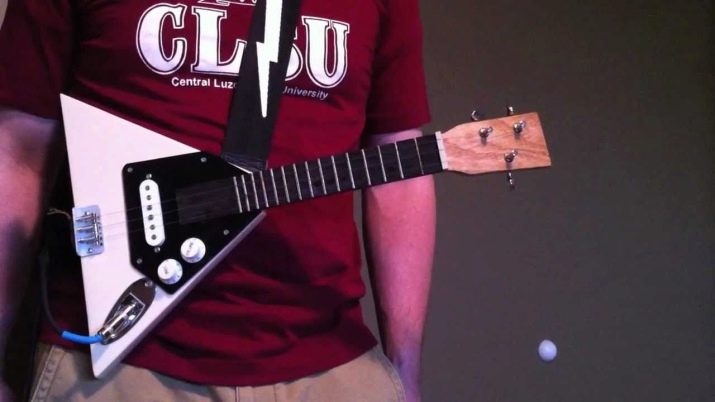
The handmade models are also equipped with three strings. The only difference is that some musicians prefer solely metal strings, while others leave one with nylon. Moreover, each of them includes an "electrical filling":
-
piezo pickup;
-
timbre block (volume and tone);
-
crown battery (compartment is located at the back).
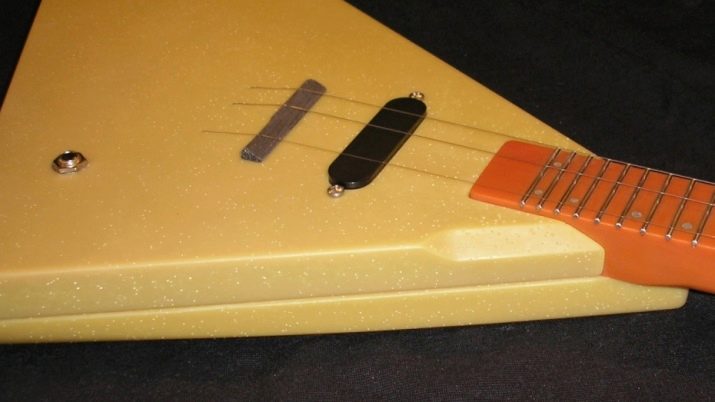
Usage
In order for the sound of an electroacoustic balalaika to be correct and melodic, it is important to examine the instrument before playing. What should you pay attention to?
The neck should be straight and free from cracks or bends.
The fretting of the frets plays a big role. They must be of the same height and located on the same plane.
The condition of the strings affects the purity of the sound and timbre of the balalaika. If the string is too thin, then the sound will be weak and rattling, and if, on the contrary, it is too thick, then the same melody will not be felt. Plus, these strings break quickly.
To play the electric balalaika, it is important not only to set up the instrument before playing, but also to take care of it. In order not to spoil the balalaika, it is important to take care that the instrument is stored in a clean and dry place.
